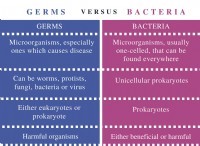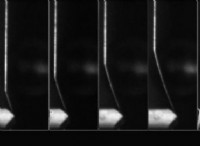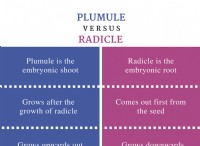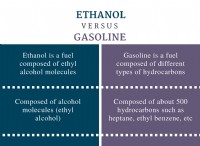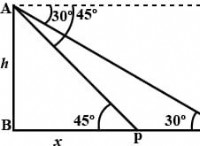Hemopoiesis involves the differentiation of hematopoietic stem cells (HSCs) into various types of blood cells, including:
Red blood cells (Erythrocytes) :These are the most abundant type of blood cell and carry oxygen from the lungs to tissues.
White blood cells (Leukocytes) :White blood cells play a crucial role in the immune system and help defend the body against infections. 호중구, 림프구 (T 세포, B 세포 및 자연 살해 세포), 단핵구, 호산구 및 호염기구를 포함하여 다른 유형의 백혈구가 있습니다.
Platelets (Thrombocytes) :Platelets are involved in blood clotting and help prevent excessive bleeding.
Hematopoiesis is regulated by various hormones and growth factors, including erythropoietin (EPO) , which stimulates red blood cell production, and thrombopoietin (TPO), which promotes the production of platelets.
In a healthy individual, hematopoiesis is a continuous process that maintains a balance between the production and destruction of blood cells. 그러나, 비정상적인 조혈은 빈혈 (낮은 적혈구 수), 백혈병 (백혈구 암) 및 혈소판 감소증 (혈소판 수)과 같은 혈액 장애를 유발할 수있다.
